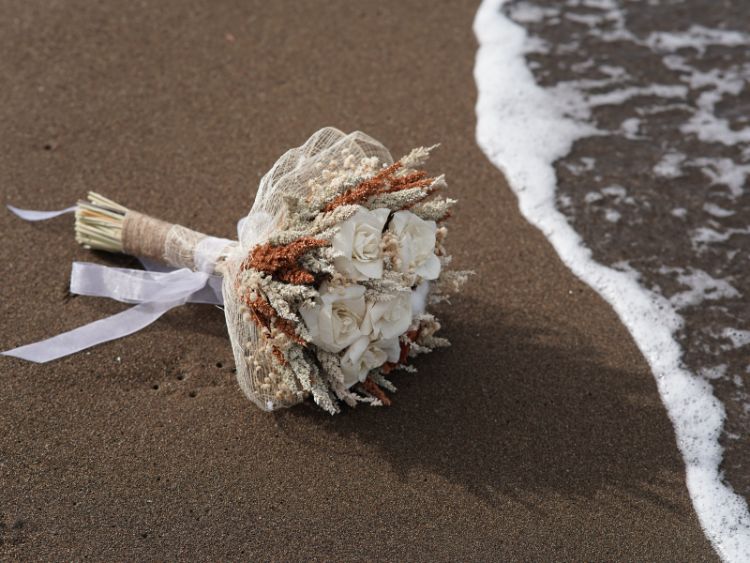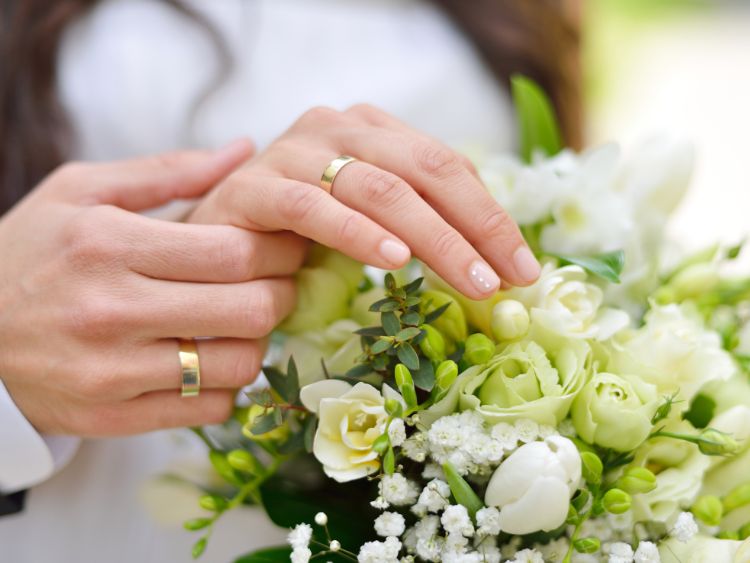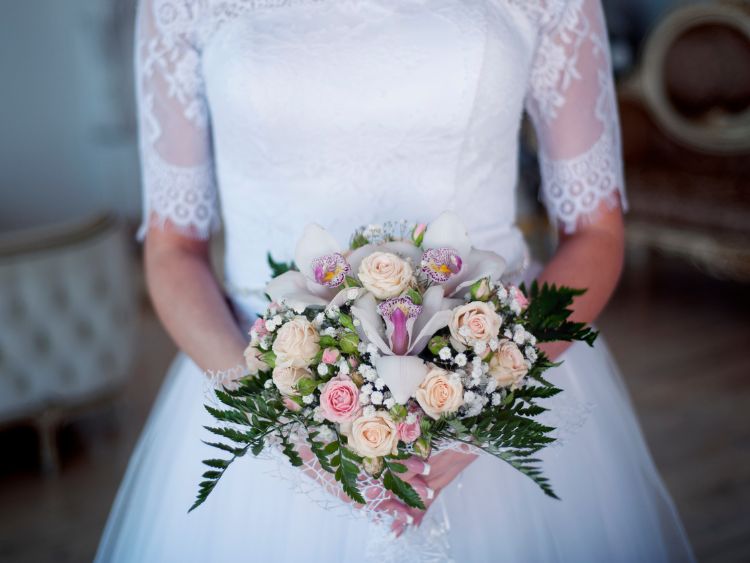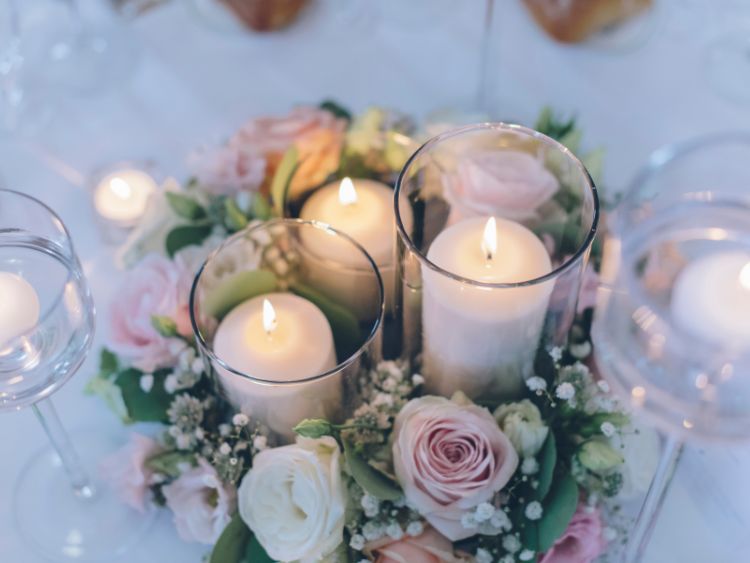The Ultimate Guide to Black Tie Dress Code
What Exactly Is a Black Tie Dress Code?
So, you’ve been invited to a black tie event, and you’re wondering what on earth that means? Don’t worry; you’re not alone. The term “black tie” often stirs up images of James Bond, luxurious ballrooms, and elegant soirées. But what does it really entail? In this guide, we’ll unravel the mystery of the black tie dress code, ensuring you’re dressed to impress when the occasion calls for it.
What is a Black Tie Dress Code?
The black tie dress code is synonymous with formal evening wear. Unlike its less formal counterpart, business casual, black tie is a strict dress code that leaves little room for deviation. The expectation is a polished, sophisticated look that adheres to time-honored traditions.
Why Is It Called Black Tie?
The term “black tie” originates from the traditional attire for men, which includes a black bow tie, a black tuxedo, and a white dress shirt. It’s a classic look that has stood the test of time, representing elegance and formality. But black tie isn’t just for men; it extends to women’s attire too, although the rules are a bit more flexible.
The Essentials for Men: Suiting Up
Gentlemen, if you’re invited to a black tie event, here’s what you’ll need:
- Tuxedo Jacket: A black tuxedo jacket is non-negotiable. It’s the hallmark of the black tie dress code. The jacket should be well-fitted, with a satin or grosgrain lapel. The choice between single or double-breasted is yours, but black tie purists often lean toward the single-breasted jacket.
- Trousers: The trousers should match the jacket and feature a satin stripe down the leg. This stripe is a signature element of formal trousers and adds to the overall elegance of the outfit.
- White Dress Shirt: A crisp white dress shirt is essential. Opt for a shirt with a wingtip or turndown collar. The shirt should also feature a pleated front or a pique bib, which adds texture and formality.
- Black Bow Tie: The pièce de résistance! The bow tie should be black and ideally made of silk. Pre-tied bow ties are acceptable, but if you really want to nail the look, go for a self-tie bow tie. It’s a small detail, but it makes a world of difference.
- Black Patent Leather Shoes: Your shoes should be black, polished, and preferably patent leather. Oxford shoes are the go-to choice, but you can also opt for pumps with a grosgrain ribbon.
- Accessories: Cufflinks, a black cummerbund, or a waistcoat, and a pocket square are the finishing touches. These accessories should complement, not overshadow, your outfit.
A Word on Tuxedo Colors
While black is the traditional color, midnight blue is also acceptable and even preferred by some style aficionados for its rich tone that appears blacker than black under artificial light. However, stay away from other colors—this isn’t the time to experiment with fashion-forward hues.
The Essentials for Women: Dressing to Impress
Ladies, while the rules aren’t as strict as they are for men, there are still some guidelines you should follow to nail the black tie dress code:
- Evening Gown: A floor-length evening gown is the gold standard. Opt for a dress that exudes elegance, whether it’s a classic silhouette or something with a bit more flair.
- Color Choices: Black is a popular choice, but you’re not limited to it. Deep jewel tones, metallics, and even pastels can work, depending on the season and the event’s theme. However, avoid overly bright colors or prints that may seem too casual.
- Heels: High heels are almost always expected. Choose a pair that complements your gown—nothing too flashy, but something that adds a touch of glamor.
- Accessories: When it comes to jewelry, think understated elegance. A pair of chandelier earrings or a statement necklace can enhance your look, but avoid going overboard. A clutch bag and an elegant wrap or shawl are also great additions.
- Hair and Makeup: Your hair should be styled neatly—think updos or polished waves. Makeup should be sophisticated, emphasizing either the eyes or lips, but not both. This isn’t the occasion for a no-makeup look.
What About Cocktail Dresses?
You might be wondering if a cocktail dress could work for a black tie event. The short answer? It depends. If the invitation explicitly states “black tie,” it’s safest to stick with a floor-length gown. However, if the event is a bit more relaxed, a sophisticated cocktail dress in a dark or jewel tone could be appropriate.
Navigating Modern Twists and Misconceptions
The black tie dress code, while steeped in tradition, has evolved over the years. Today, you’ll see modern interpretations that still honor the core principles of this formal attire but with a contemporary twist.
Black Tie Optional
Ever come across an invitation that says “black tie optional”? This can be a bit confusing. Essentially, it means that while a tuxedo or evening gown is preferred, a dark suit for men or a formal cocktail dress for women is also acceptable. It gives you a bit of wiggle room but still expects a high level of formality.
Creative Black Tie
Then there’s the term “creative black tie,” which allows for more individuality. This could mean a tuxedo with a colored bow tie or even a patterned jacket. For women, it could be a gown with a unique design or even a chic pantsuit. Just remember, creativity should enhance the elegance, not diminish it.
FAQs: Black Tie Dress Code Decoded
Q: Can I wear a suit instead of a tuxedo to a black tie event?
A: Technically, no. A tuxedo is the expectation for black tie. However, if the event is “black tie optional,” a dark, well-tailored suit could be acceptable.
Q: Are there any specific rules for black tie accessories?
A: Yes. For men, the accessories should include a black bow tie, cufflinks, and a black cummerbund or waistcoat. Women should opt for elegant, understated jewelry and a clutch bag.
Q: What is the difference between black tie and white tie?
A: White tie is even more formal than black tie and requires a tailcoat, white bow tie, and often a waistcoat for men. Women are expected to wear floor-length evening gowns with gloves.
Q: Can I wear a cocktail dress to a black tie event?
A: It’s best to opt for a floor-length gown. However, a very formal cocktail dress might be acceptable if the event is slightly less traditional.
Q: Is it okay to wear a colored bow tie or cummerbund?
A: Generally, black is preferred for a black tie event, but in some modern or creative black tie settings, a subtle color might be appropriate.
Conclusion: Dress to Impress
The black tie dress code might seem intimidating, but once you understand the basics, it’s all about refinement and class. Whether you’re donning a tuxedo or an evening gown, the key is to respect the traditions while adding a touch of your own personal style. Remember, the devil is in the details, so pay attention to the little things—from your accessories to your choice of footwear. Now, go forth and own that black tie event with confidence!
Authoritative Links for Further Reading
- www.gentlemansgazette.com/black-tie-guide/
- www.debretts.com/expertise/etiquette/what-to-wear/black-tie/
- www.thespruce.com/black-tie-attire-1216601
- www.esquire.com/style/mens-fashion/g12089342/black-tie-attire/
This guide covers everything you need to know about the black tie dress code, ensuring you step into any formal event with confidence and style.



